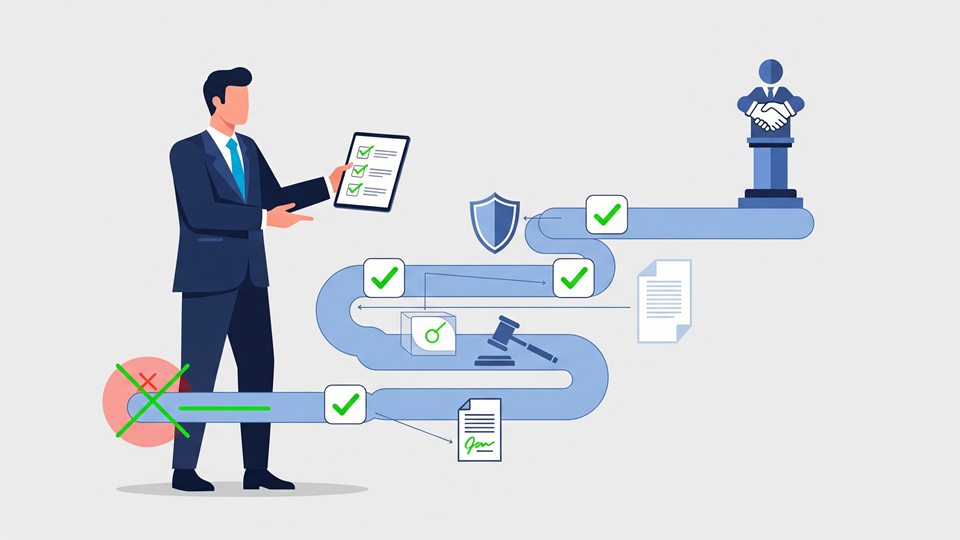Introduction
Hiring the right talent is essential for startup success, but missteps in the recruitment process can lead to costly legal issues. Avoiding legal pitfalls requires understanding labor laws, anti-discrimination regulations, employment contracts, and proper documentation practices. This guide provides practical steps to ensure a compliant and efficient hiring process.
Common Legal Challenges in Hiring
1. Discrimination and Bias
Unintentional discrimination can occur in job postings, interview questions, or selection criteria. The Equal Employment Opportunity Commission (EEOC) enforces laws to prevent discrimination based on race, gender, age, disability, religion, or national origin. Structured interviews and standardized scoring systems reduce bias.
2. Misclassifying Employees
Classifying workers incorrectly as independent contractors instead of employees can result in fines, back taxes, and legal disputes. Understand the legal criteria for employment classification in your jurisdiction.
3. Neglecting Background Checks
Background checks must comply with the Fair Credit Reporting Act (FCRA) in the U.S. or similar regulations elsewhere. Failing to obtain candidate consent or using information improperly can lead to lawsuits.
Practical Steps to Avoid Legal Pitfalls
1. Document Everything
Keep records of job descriptions, applications, interviews, and hiring decisions. Documentation provides evidence of fair and compliant hiring practices.
2. Train Hiring Managers
Educate all involved in the hiring process about legal requirements, anti-discrimination laws, and acceptable interview questions. Even brief training can prevent costly mistakes.
3. Use Standardized Processes
Implement consistent procedures for resume screening, interviews, and candidate evaluations. Structured processes reduce legal exposure and improve fairness.
4. Seek Legal Advice
Consult with employment lawyers when drafting contracts, implementing policies, or navigating complex regulations. Legal guidance ensures compliance and mitigates risk.
Leveraging Technology for Compliance
Applicant tracking systems (ATS) and HR platforms can automate compliance tasks, store records securely, and provide audit trails. Tools like Greenhouse, Workable, and Lever help maintain consistent hiring practices while tracking necessary documentation.
Case Studies and Examples
Startups like Trello and Slack prioritize structured hiring and legal compliance. Trello ensures interview questions are vetted for legal safety, and Slack maintains detailed documentation for all hiring decisions. These practices prevent legal complications and reinforce trust with candidates.
Conclusion
Avoiding legal pitfalls in hiring requires preparation, training, and careful process design. By documenting decisions, educating hiring managers, using standardized procedures, and leveraging technology, startups can hire efficiently and safely while reducing the risk of legal challenges. Proactive compliance builds credibility, protects the business, and ensures a fair experience for all candidates.





